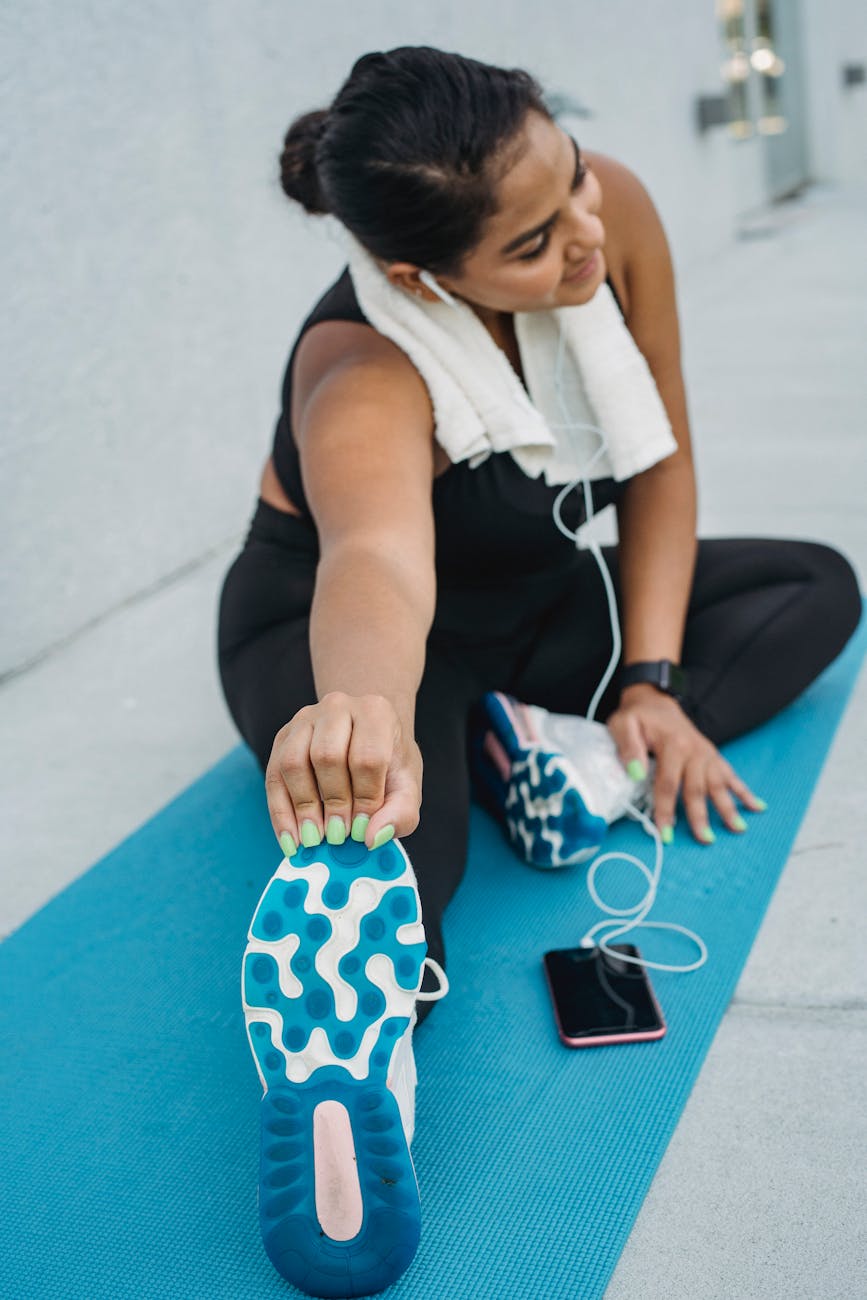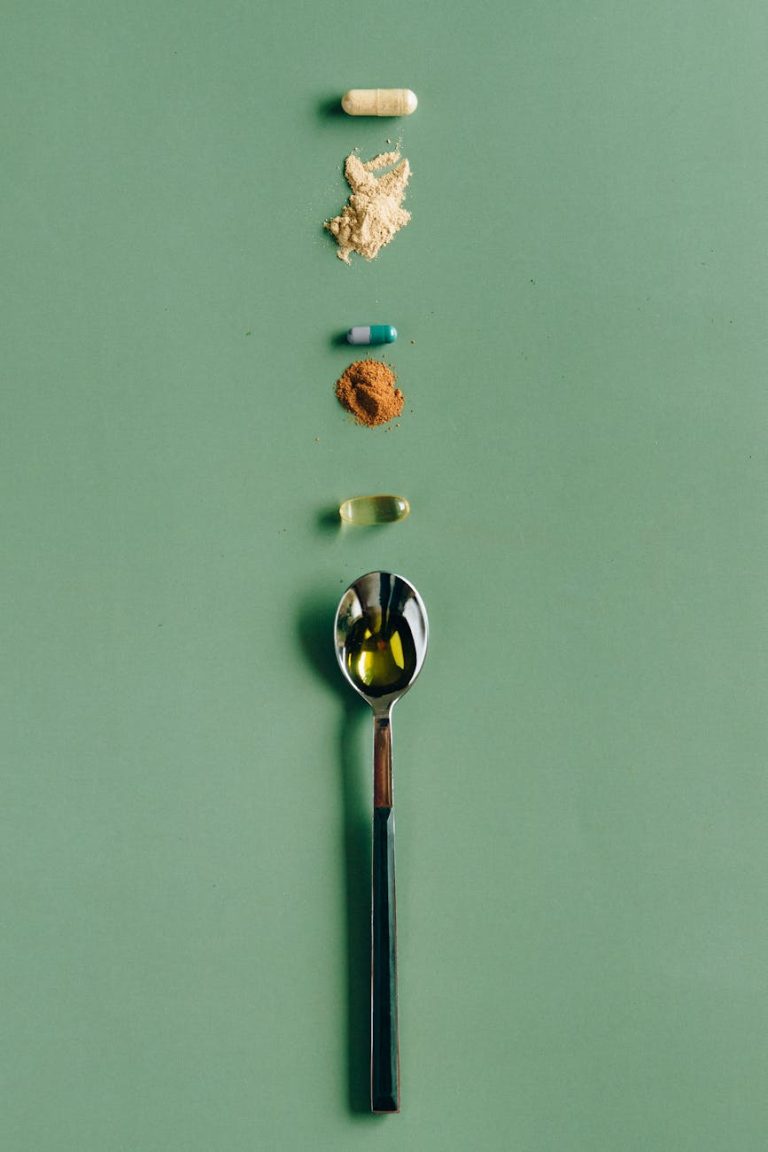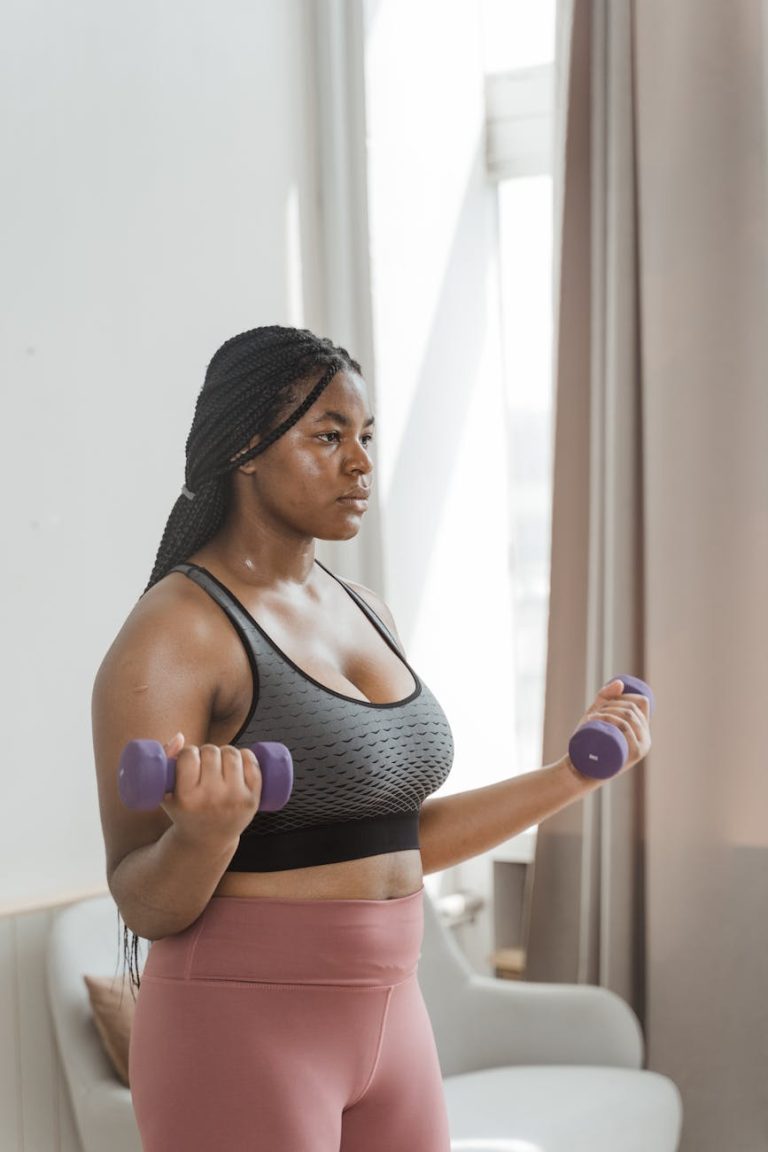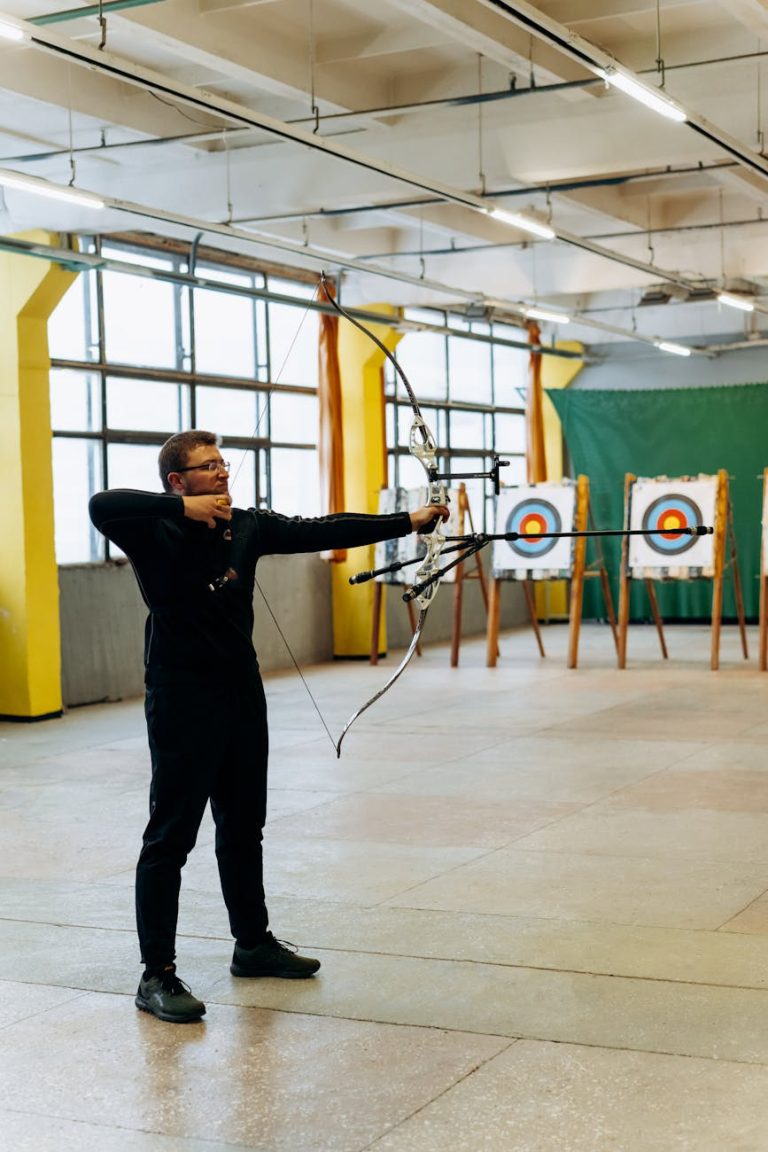
Exercise is an essential part of a healthy lifestyle, but equally important is post-workout recovery. The period following your workout plays a crucial role in maximizing the benefits of your efforts and preventing injuries. In this article, we will explore some must-have strategies for optimal post-workout recovery.
Importance of Post-Workout Recovery
Prioritizing post-workout recovery is key to achieving optimal results from your exercise routine. When you work out, your muscles undergo stress and experience tiny tears. It is during the recovery phase that your muscles repair and grow stronger, leading to increased strength and endurance.
Hydration and Nutrition
One of the most important aspects of post-workout recovery is proper hydration and nutrition. Drinking an adequate amount of water helps in replenishing lost fluids and prevents dehydration. Consuming a balanced meal containing protein and carbohydrates within 30 minutes to an hour post-exercise is crucial for muscle repair and glycogen replenishment.
Focus on Rest and Sleep
Rest and sleep are often underrated but are essential for effective recovery. Your body repairs and builds muscles during rest periods, so make sure to get sufficient sleep each night. Aim for 7-9 hours of quality sleep to allow your body to recover fully and perform at its best in your next workout.
Stretching and Foam Rolling
Incorporating stretching and foam rolling into your post-workout routine can aid in muscle recovery and flexibility. Stretching helps in reducing muscle stiffness and improving blood circulation, while foam rolling can help release muscle knots and trigger points, promoting faster recovery.
Active Recovery
Engaging in light physical activities on rest days can promote blood flow to the muscles, aiding in recovery without causing additional stress. Activities like yoga, walking, or swimming can be excellent choices for active recovery, allowing your body to recover while staying active.
Use of Compression Gear
Compression gear such as compression socks or sleeves can help improve blood circulation and reduce muscle soreness post-exercise. Wearing compression garments during or after your workout can assist in speeding up recovery and reducing the risk of injury.
Ice Baths and Contrast Therapy
Ice baths and contrast therapy involve alternating between hot and cold treatments to reduce muscle inflammation and promote recovery. Cold therapy constricts blood vessels to reduce swelling, while heat therapy helps increase blood flow to the muscles. Alternating between the two can accelerate recovery after intense workouts.
Listen to Your Body
Above all, it’s crucial to listen to your body and pay attention to any signs of overtraining or injury. If you experience persistent pain, excessive fatigue, or decreased performance, it may be a sign that you need to adjust your workout intensity or take additional rest days to allow for proper recovery.
In conclusion, post-workout recovery is a critical component of any fitness regimen. By incorporating these must-have strategies into your routine, you can optimize your results, prevent injuries, and achieve your fitness goals more effectively. Remember, the key to success is not just in the workout itself but also in how you take care of your body in the crucial moments after the exercise session.




